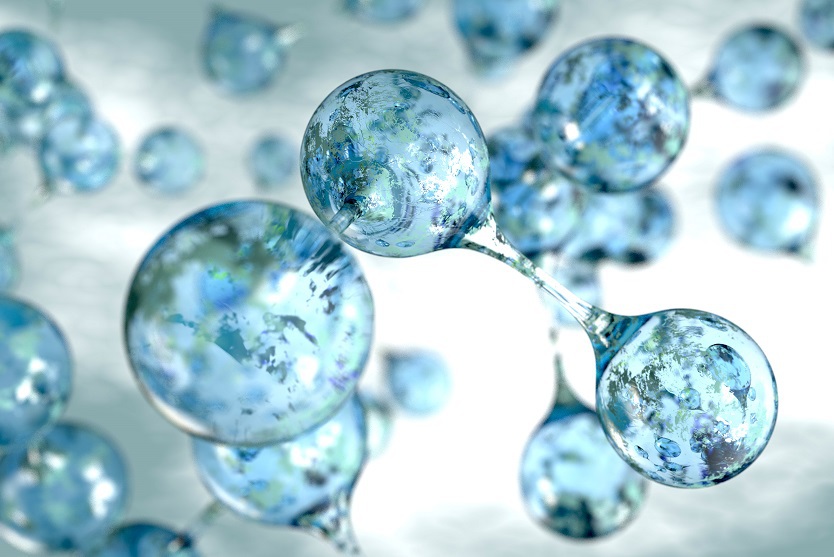
A new H2 roadmap by the Fraunhofer ISI monitors the progress of the hydrogen economy in Germany.
© iStock/smirkdingo
Released in June 2020, Germany’s National Hydrogen Strategy put hydrogen (H2) centre-stage as the energy carrier of the future and a central pillar of energy transition. It resulted in a surge of investment into H2 production, storage and transportation technologies. With so many developments underway and the federal states pursuing their own hydrogen strategies, some kind of central coordination is now needed.
The Fraunhofer Institute for Systems and Innovation Research (ISI) has stepped in with a new roadmap: H2D – A Hydrogen Economy for Germany. The first results have already been published. The data was harvested from 25 Fraunhofer institutes and all 16 German states, with electrolysis as the technology focus for hydrogen synthesis. The results show that the federal ministries are betting heavily on membrane-based (PEM) electrolysers, but also that patents are growing for high-temperature and alkaline electrolysis processes.
German competencies in the production of electrolysers run high (especially in Saxony); therefore the locus of activity has now shifted to series production and market ramp-up (especially in Baden-Württemberg and North Rhine-Westphalia), with operating trials underway in Bremen. Other states (Mecklenburg-Western Pomerania, Saxony-Anhalt and Brandenburg) are focusing on integrating H2 systems into renewable energy plants and existing infrastructures, for example via sector coupling.
Furthermore, an early analysis of the hydrogen meta-market reveals sharp differences in progress worldwide: growth rates vary between 6 and 60 percent and the worldwide annual turnover could be anywhere between USD 230 million and 4.2 billion in 2025. The development of a global market will heavily depend on public funding and major initiatives.
The H2D project will continue to track developments and publish regular updates.


